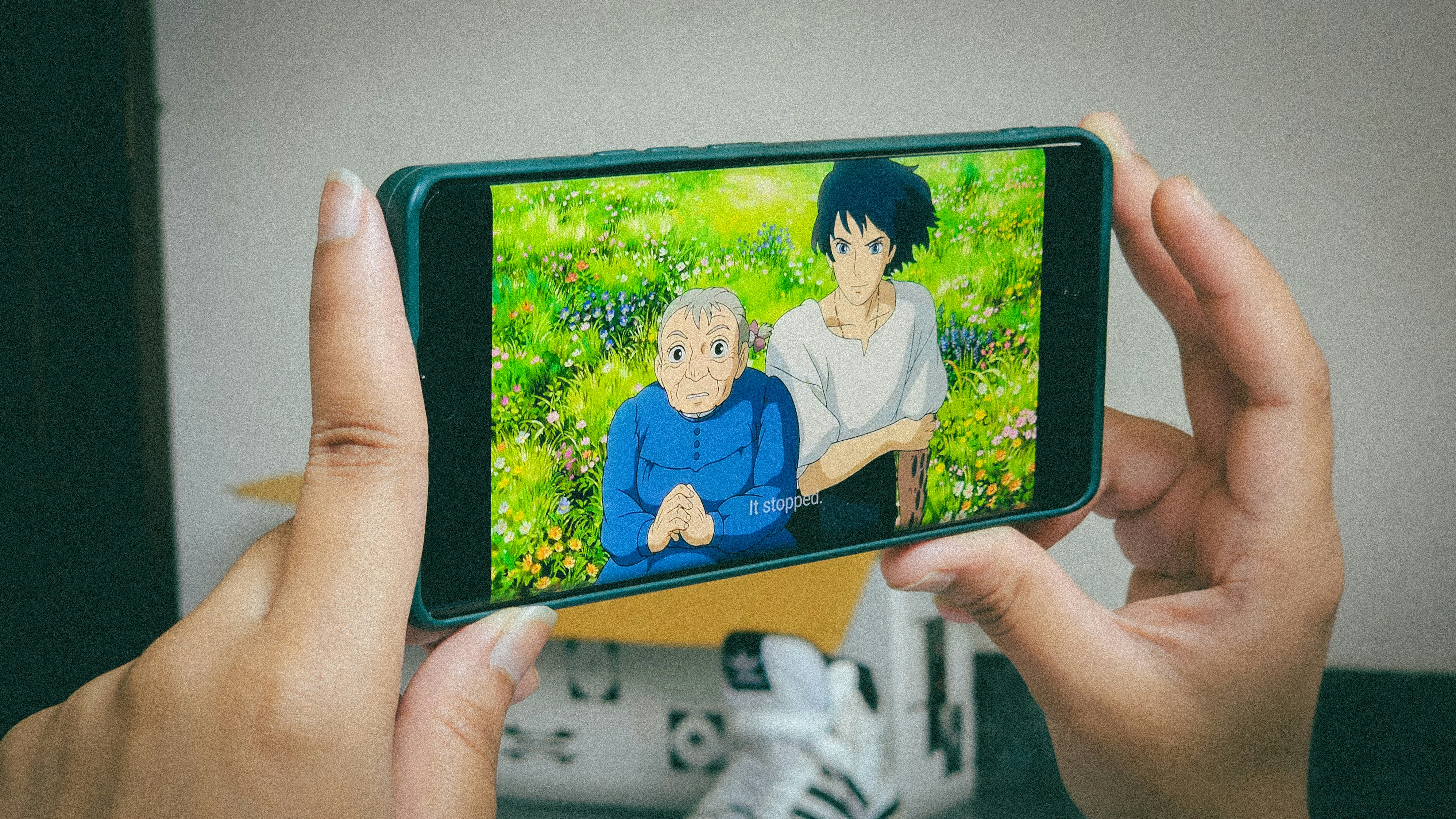From Celluloid to Digital: Tracing the Cinematic Shift
From the whirring reels of celluloid film to the gleaming screens of digital projection, cinema has evolved dramatically over the past century. This article explores the transformation, providing a comprehensive overview of the cinematic shift from celluloid to digital, its implications, and its current trends.
Journey from Celluloid to Digital
Cinema has been synonymous with the celluloid film for over a century. From the Lumière brothers’ first public screening in 1895 to the golden age of Hollywood, celluloid reigned supreme. It was the canvas upon which filmmakers painted their visions, producing flickering images that captured the imagination of millions.
But with the dawn of the 21st century, a new technology started to disrupt this traditional format: digital cinema. Its rise was marked by George Lucas’ “Star Wars: Episode II - Attack of the Clones,” the first major film shot entirely on digital.
The Digital Disruption
The shift to digital was initially met with resistance, particularly from purists who cherished the tactile, grainy quality of celluloid. However, digital cinema’s benefits were undeniable. It offered cost-effective production, easier distribution, and the capability to produce crystal-clear images.
Moreover, digital technology democratized filmmaking. The equipment’s affordability and availability enabled more individuals to create and distribute their content, fostering a new wave of indie filmmakers and diverse voices.
The Current Landscape
Today, digital cinema is the norm. Major studios have switched to digital distribution, and most theaters worldwide have replaced their film projectors with digital ones. The pandemic has further accelerated this shift, with streaming services gaining prominence and more filmmakers releasing their works directly online.
The Future of Cinema
While digital cinema dominates today, the debate between celluloid and digital continues. Some filmmakers, like Christopher Nolan and Quentin Tarantino, ardently champion film’s aesthetic qualities. On the other hand, innovators like James Cameron push the boundaries of digital technology, exploring avenues like high frame rates and 3D.
Regardless of the format, what remains constant is cinema’s power to tell stories, evoke emotions, and reflect our collective humanity. As we move forward, it’s important to remember that technology is merely a tool. The heart of cinema lies not in the medium, but in the message.
In conclusion, the shift from celluloid to digital has reshaped the cinematic landscape, influencing how films are made, distributed, and consumed. As we stand at the cusp of new technological advancements, it’s intriguing to ponder the future of cinema, awaiting the next revolution that will redefine our viewing experience.





